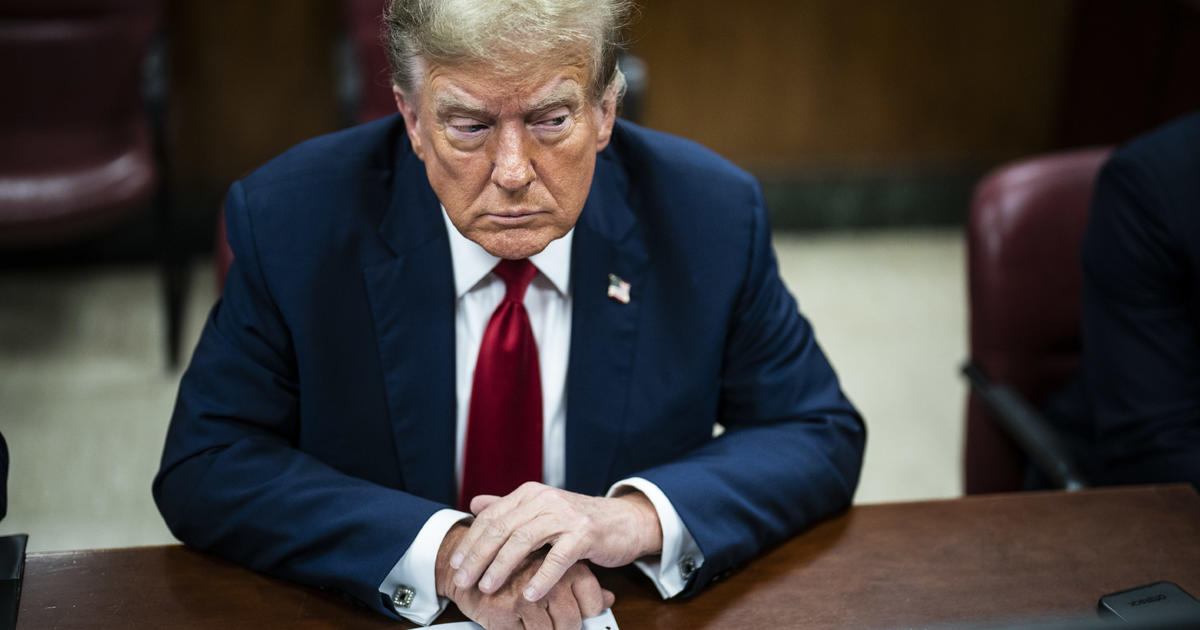Wall Street gives thumb's up to Trump, but for how long?
No doubt about it, the stock market rally since the upset victory of Donald J. Trump in the Nov. 8 election is one for the history books. It’s impressively broad-based, embracing both large- and small-capitalization stocks -- a surprise gift that investors seemed truly thankful for last week around the Thanksgiving holiday.
It was an unprecedented week of unprecedented highs: The Dow Jones Industrial Average pierced the 19,000 zone on Nov. 22 and closed at 19,152 last Friday, while the S&P 500-stock index rocketed to an all-time high of nearly 2,213. Equally impressive, the Russell 2000 (the leading barometer of small-cap stocks) leaped to new highs for the 15th straight trading day, to 1,347.
Only the Nasdaq composite index languished in the red for much of last week, weighed down by the major technology stocks and closing Friday up only slightly at 5,398. And tech, for sure, is one sector that opportunistic investors are likely to pursue as they consider buying some of the Nasdaq’s now-battered star stocks. More on that theory farther down in this story.
But for now, the big bears already are bellowing, “Watch out, perilous deep pullback ahead.” Indeed, the ultimate question has to be how sturdy November’s so-called “Trump rally” will prove to be, considering the many political and economic uncertainties with the unpredictable Donald Trump in the White House for the next four years.
“The domestic equity markets have been a little too ebullient, I suspect, with investors bidding up markets in anticipation of fast-track tax reforms, infrastructure plays and fiscal policy changes,” says Tom L. Stringfellow, president and chief investment officer at Frost Investment Advisors.
Stringfellow cites “market jitters,” especially regarding “trade policies which might side-track investors concerned with reigniting the dollar’s rise and the impact this would have on our manufacturing export markets.”
So what happens next? The sun will likely continue shining, according to some market analysts who note that the S&P 500 set three all-time highs last week and the S&P Small Cap 600 notched nine successive new highs.
“History says higher prices ahead are likely,” argues Sam Stovall, chief equity strategist at CFRA Research. “Since 1979, whenever large-cap and small-cap benchmarks recorded simultaneous new highs, the S&P 500 gained an average 1.7 percent, 4.1 percent, and 8.8 percent in the following three, six and 12 months [respectively], rising 68 percent, 73 percent, and 70 percent of the time.”
Helping to support the “Trump bump,” Stovall notes, are recent economic reports revealing “upside surprises for U.S. existing home sales, durable orders, consumer sentiment.”
Existing home sales rose 2 percent in October, and mild fall weather is expected to produce more gains for the fourth-quarter; U.S. durable goods orders surged 4.8 percent in October, after a mere 0.4 percent gain September; and consumer sentiment showed broad-based strength, surging 6.6 percent in November.
With broad market barometers displaying all-time highs, it’s “a very bullish scenario for the stock market overall,” according to CFRA. Among the S&P sectors, CFRA recommends as “overweight” the consumer discretionary, industrial, and materials groups. Rated as “underweight” are the energy, consumer staples, real estate and utilities sectors. And the financials, health care, information technology and telecom services are rated as “market weight.”
What’s perhaps most interesting is the firm’s take on the technology sector. Scott Kessler, an equity analyst at CFRA, notes that stocks of the largest tech companies in the S&P 500, including Apple (AAPL), Alphabet (GOOGL), Microsoft (MSFT), Facebook (FB), Visa (V) and Intel (INTC), fell about 3 percent from Election Day through Nov. 14, while the broader S&P 500 index rose 1.2 percent. That’s in part due to Trump’s emphasis on increased spending on infrastructure projects and the reduction of regulations; so, investors have been pumping money into companies that they perceive will benefit from such activities.
But Kessler argues that an acceleration in U.S. economic growth would likely cause corporations and consumers to spend at least incrementally more on technology, although traditional infrastructure-related companies should benefit much more. The latter stocks are currently perceived as the new “growth” companies, yet a stronger U.S. economy and less regulation is good for bigger and better capitalized technology companies, too, Kessler says.
“We think the larger-technology sector companies would benefit significantly from Trump’s proposed tax policies,” he writes, “including a maximum corporate tax rate of 15 percent, continuation of the R&D tax credit, and a reduction of taxes on repatriated foreign earnings to 10 percent from 35 percent,”
Kessler believes the recent sell-off in tech stocks is an “overreaction.” His firm now has “strong buy” opinions on Apple and Alphabet, and “buys” on Facebook and Intel. These tech major stocks, Kessler adds, are more attractively valued now because of their recent pullbacks -- “and especially in light of a much lower repatriation tax rate.”



